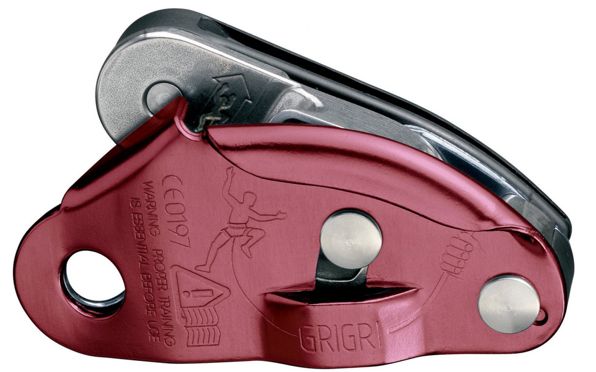Knotty rope tricks
One of the very first things our marina owner Hub told us, shortly after we met him, was that bungee cords have no place on a boat. Rather, he believes the skilled use of line (rope or cord) can take care of a multitude of jobs more efficiently and safely.

In one of our most recent book acquisitions, The Complete Rigger’s Apprentice, I learned of a very cool party trick using rope that the author refers to as Topological Bondage. The trick involves linking two people together via lengths of rope on their wrists. The objective of the challenge is for the players to unlink themselves without removing the ropes from their wrists or untying the knots. We have had a good bit of fun watching people twist and turn, trying to unlink their rope from their partners. I won’t share the solution just yet. Perhaps you would like to give it a go and post your results in a comment?

There are obviously an infinite number of more serious uses for line on a boat. One, that fortunately is only occasionally necessary to do, is to ascend the mast on a boat. There are a variety of ways to go about this, some of which involve the use of rock climbing gear. In the past I have dabbled a bit with climbing and thus have on hand a decent climbing harness and some belaying devices. I always felt that there should be some way to use my Petzl Grigri in this task. The December 2009 issue of Cruising World magazine has a good article on how to go up the mast without being winched up. It does talk about using the Grigri although the process described unfortunately requires two of the devices. The instructions in the article are quite clear. You may wish to pick up that issue if you are interested in the subject.

Stepping down to some much smaller line Rebecca has again been playing with another Macrame project. This time she made some Caribbean Sandals. Very pretty!
One final (and it really would be final!) use of line that I hope we won’t have to deal with in our travels is…



Picture of the sandals please….
I also just finished reading the Cruising World article. However, he does, VERY LATE in the text, mention that he uses one Grigri and one asscender. That’s why he takes the foot loops off the line to come down. I read the article with great interest, as I also singlehand and worried about getting up the mast should it become necessary! I would still be terrified!
You are right Helen. I reread the article and he does say exactly that: use an ascender for the foot loops above the Grigri that your harness is attached to.
Some time ago I bookmarked some links referring to the Frog ascending system. You may be interested in them:
http://www.orgt.gatech.edu/caving/frog/frog.html
http://www.gonzoguanogear.com/frog.html
http://www.karstsports.com/petfrogassys.html
We elected to go with mast steps and we are happy with them. Since you have the mast out, they could be added easily at this time. We went with the ABI aluminum folding model. Kirk.
Thanks Kirk. Just last night I was just reading in Hal Roth’s book “How to Sail Around the World” and he decided on the same thing for his boat (although not folding ones). I assume you still use a Halyard for a safety line as you are going aloft?
Depends upon what I am doing. Many moons ago (very many) I could go to the top of a mast by hand to retrieve a lost halyard but those days are long gone. If I am going just to the spreaders I only take a harness with tether and clip on while there sitting/standing on the spreaders – no halyard. If I am going up higher or working below the spreaders on, say the steaming light or the radome, I still wear the harness with tether and use a safety halyard, sitting in the bosun’s chair. Most times it is to perform some task so I have climbed the steps with the bosun’s chair but that is difficult to manage. I am considering purchasing a Petzl Elite harness which should make climbing with a seat easier. Of course, the additional safety halyard brings a second person into the job, so this strays from point of the top-climber article.
BTW, I installed my steps with the mast up from a bosun’s chair; a major pain. That’s why I recommend that job be performed while the mast is down. K.